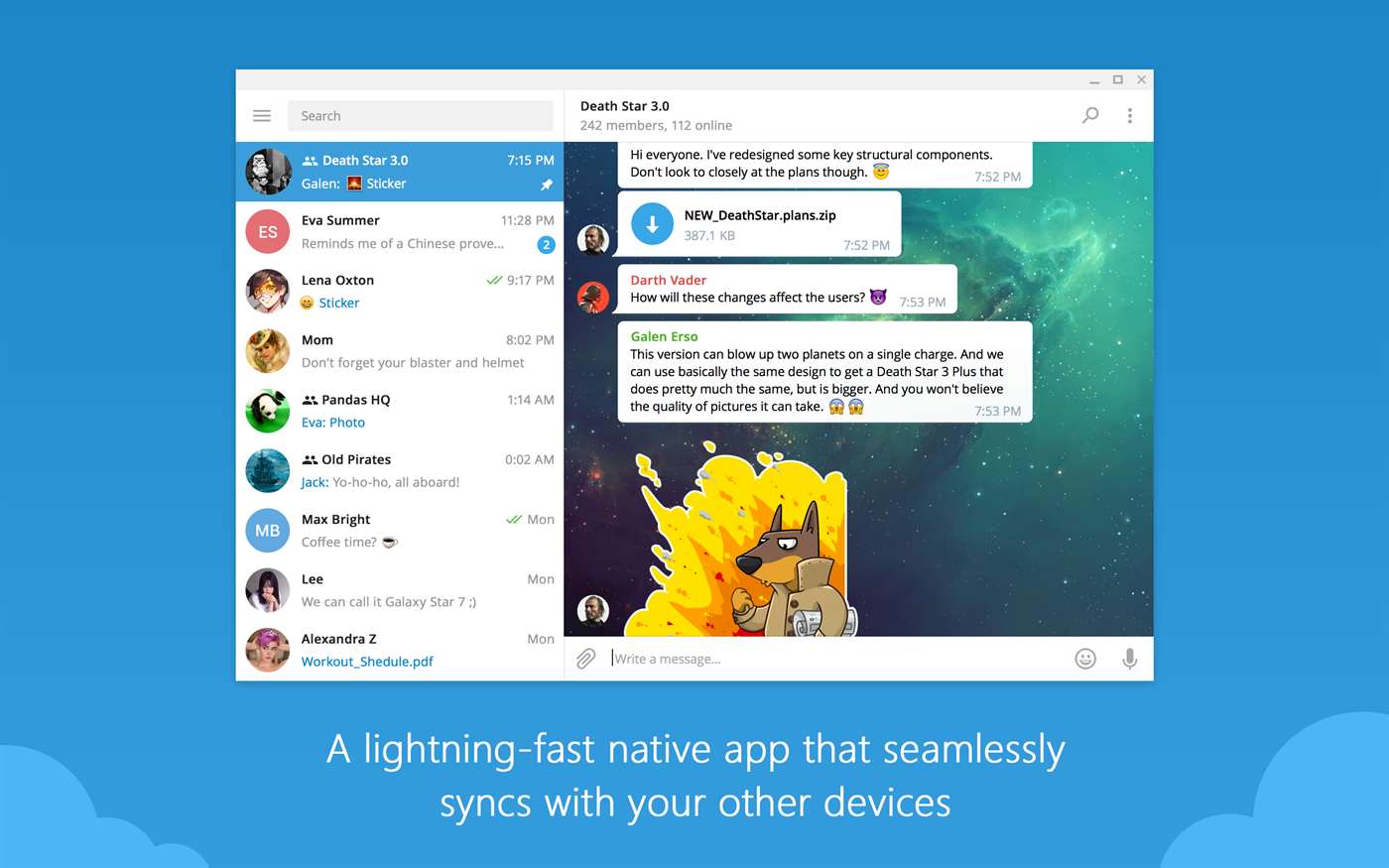
Chicken Kepsa at Mao Famaily Restaurant, Kalbadevi
On A hot afternoon, a dozen guests, busy digging into Mutton Kheema Pao and Hyderabadi Dum Biryani at Light Of Bharat, instantly gawk at the massive thaal that arrives at our table. A ‘wow’ escapes our lips as we check out its contents.
Plump, char-grilled pieces of Chicken Tikka and Malai Tikka, along with French fries, slices of onion, tomato and carrot, and half-boiled eggs, are propped on a bed of rice. Hidden below is a large portion of Tandoori Chicken. Reza Irani Saqi, third-generation owner of the 76-year-old Irani cafe that sits on a corner of Ranade Road in Dadar, introduces us to the dish, “This is Sultani Chicken Kepsa. It can easily feed 12 guests.”
Priced at Rs 1,280, it’s the latest addition to LOB’s menu, under a section called Arabic Special, sharing space with Chicken Tikka Kepsa, Chicken Malai Tikka and Egg Kepsa Biryani. “I added kepsa to the menu five years ago, after trying it in Dubai. In Mumbai, there are only five restaurants offering it,” says the 36-year-old, and he’s right. You will find kepsa at Persian Darbar, Lucky in Bandra, Afzal Restaurant in Mazagaon and Mao Family Restaurant’s branches in Kalbadevi and Andheri.

Yezdan Irani
Trace the origin
Kepsa gets its name from Kabsa, a traditional dish of Saudi Arabia, which is known as Mandi in Yemen, and Gouzi in the UAE. “They are variations of the biryani. In Hyderabadi biryani, meat is marinated and slow-cooked along with rice but here, both are flavoured and cooked separately. Traditionally, a vessel containing fragrant rice would be placed over coals in a hole dug into the earth. The Arabs would cover the rice with a jaali, place the marinated meat on top, and seal the hole until the dish was cooked, with juices from the meat seeping into the rice. And then you should see how they dig in!” laughs Saqi, directing us to do the same.

Sultani Chicken Kepsa at Light Of Bharat. Pics/Sneha Kharabe, Datta Kumbhar
Wok and toss
A fusion of flavours explodes in our mouth as the robust spices from Tandoori Chicken combine with the birista-laced rice. The tikkas lend a lovely, smoked taste. What’s distinct is the rice (with grains shorter than basmati), which tastes like fried rice sans the Chinese seasoning.
“That’s the Indian adaptation. We cook the rice in a wok because the portions need to be made fresh, as per the order. Earlier, I would flavour the rice with Bha-rat masala [it’s like garam masala], but Omani guests informed us that kepsa rice is lightly spiced. So, we avoid that,” says Saqi, who has priced the kepsas between Rs 260 and Rs 600 (half and full portions) and part of the earnings are donated to feed the underprivileged.

Reza Irani Saqi
Paneer in a kepsa
Each restaurant offers different varieties of kepsa. Persian Darbar’s menu includes King Prawns and Pomfret varieties, while Lucky sticks to Chicken and Mutton Kepsa.
But taking the dish to another level is the three-year-old Mao Family Restaurant, with 37 (!) varieties available at both the branches. These include regular Chicken and Mutton Kepsa, tweaked versions topped with seekh and cheese-laced laccha kebabs, Fish Schezwan Kepsa, Malwani Kepsa and vegetarian options like Paneer Tikka and Vegetarian Maqbooz Kepsa in a yellow gravy.
“In Mumbai, kepsa is essentially a fusion of Indian Chinese and Tandoor. At our restaurants, each variety has a different gravy and combination of spices,” shares 39-year-old owner Yezdan Irani, who comes armed with 10 years of experience in the hotel industry. He also owns the popular watering hole, Sunlight, located opposite the Kalbadevi branch of Mao, and is the management partner at Afzal Restaurant, which offers 15 kepsa varieties.
Keep a count
Irani reveals that over half a kilo of chicken goes into a full plate of kepsa. Priced between Rs 320 (half) and Rs 700 (full), 25 plates of kepsa are sold on an average, every day at Mao. He says, “We customise the proportion of rice and meat as per taste.
The idea is to offer a dish that is value-for-money, especially in SoBo, and which can be shared with a group of friends or family. One plate of kepsa is a full meal.”











